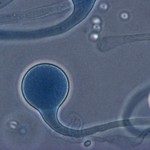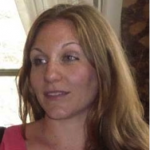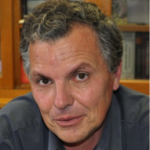About
Genotyping method such as microsatellites and MultiLocus Sequence Typing (MLST) are frequently used to confirm the link between isolates responsible of invasive infections. But these methods are only available for frequent fungal species. For emerging and uncommon species, there is no reliable molecular tool to establish the relationship between isolates.
Taking advantage of the whole genome sequencing facility (P2M) and the collection of well-characterized clinical isolates stored at the National Reference Center for Invasive Mycoses & Antifungals (NRCMA), we are now able to compare the genomes of isolates belonging to emerging pathogenic species such as Saprochaete clavata, Magnusiomyces capitatus, Trichosporon asahii, Yarrowia lipolytica ...
To determine the population structure of these rare species, we first select a panel of epidemiologically related and unrelated isolates recovered from various sources (humans, animals and/or environments), different geographical areas, and over time (historical as well as recent cases), and their genomes are sequenced. Genomes are mapped to a reference genome when available, otherwise de novo genome assembly is performed. Then using multiple alignment of complete genomes or single nucleotide polymorphism (SNP) positions, the genomes of the isolates are compared in order to uncover potential link between isolates or the presence of a cluster of isolates and confirm or not the common origin of isolates during grouped case infection.
External collaboration: Cécile Neuvéglise (INRA, Micalis Institute
These studies cannot be performed without the participation and collaboration of the mycologists and clinicians forming the French Mycoses Study Group







